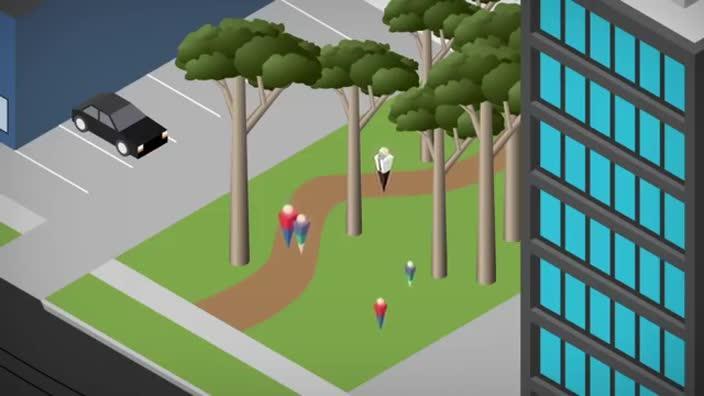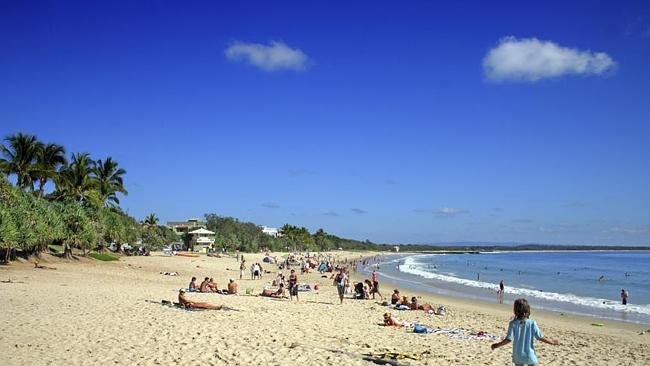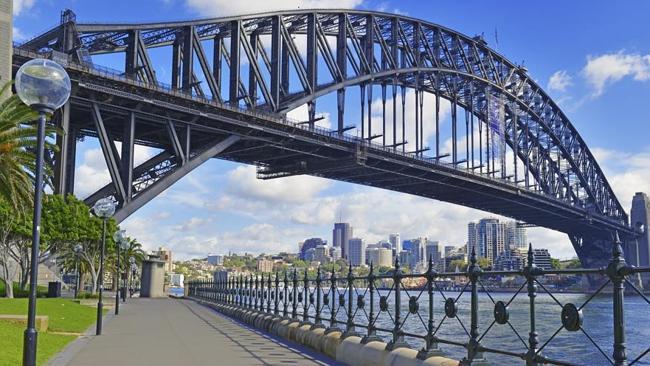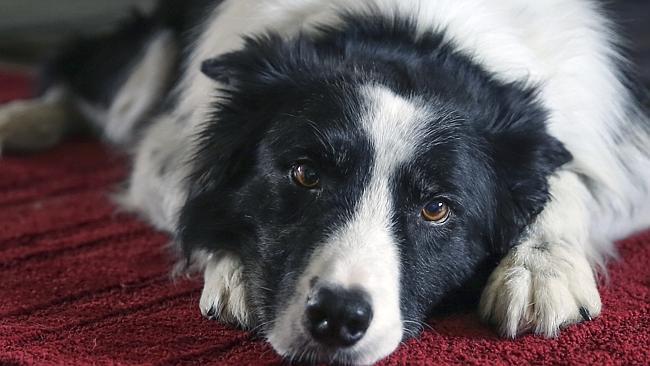42 surprising facts about Australia according to McCrindle Research and ABS
HOW much do you know about the country you live in? Not enough says stat man Mark McCrindle who has compiled this ultimate list for news.com.au.

Sustainability
Don't miss out on the headlines from Sustainability. Followed categories will be added to My News.
HAPPY Australia Day! This article was first published on our site in June, but we've brought it out of the archives today in honour of all things Australian. Take a look at 42 things you might not realise about the lucky country below.
How much do you know about the country you live in? Not enough according to renowned demographer and social commentator Mark McCrindle.
“Most everyday Australians couldn’t tell you what our current population is,” he tells news.com.au. “They feel the effects of growth on their lifestyle and hip pocket but they don’t know the actual number.”
If you think it is 21 million, you’d be wrong. It’s much closer to 24 million now and it’s growing by 500,000 a year.
That figure might surprise you and it’s certainly not the only number worth a second glance.
Western Australia grows by more people every 48 hours than Tasmania adds every year (500 people).
There are almost 100,000 more women than men in Australia and there are more people in Sydney born in China than England.
These are just some of the amazing truths about our rapidly changing country that ‘stat men’ like Mr McCrindle are privy to.
“They tell us a lot about who we are as a nation,” he says. “Australia is not like Europe which has a pessimistic view of itself or America that has an optimistic view of itself, we just have no view of ourselves and we need to understand who we are as a country again.”

So who are we?
Well, if you look at the numbers, we’re the Anthony Milford of the Queensland origin team. Not quite the half back star but certainly an impact player being talked about for the future.
“The last five years have seen unprecedented change economically, generationally and technologically and most experts agree that Australia has weathered the storm well,” says McCrindle.
But we have all the best ingredients.
“Our climate, mid-sized population, education, proximity to Asia, historical connections with the likes of America and England, our entrepreneurial spirit and most of all our diversity yet unity in our communities mean the future looks good as long as we continue to plan for the growth,” he adds.
The best way to plan for the future is to take stock of where we are so here are the latest facts about our country as pulled together by McCrindle research and ABS.

AUSTRALIA IN STATISTICS
1. If Australia were a city, at 23.5 million it would still only be the world’s seventh largest (after Tokyo, Guangzhou, Shanghai, Jakarta, Seoul and Delhi).
2. Western Australia grows by more people every 48 hours than Tasmania adds every year (500 people).
3. Only 1 in 10 Australians uses public transport to get to work and more people walk to work than catch a bus.
4. The average street of 100 households has 10 babies (aged under 3), 27 cats and 45 dogs.
5. The average Australian stays with their employer just 3 years and 4 months – only a third of the way towards long service leave. If this plays out in the lifetime of a school leaver today it means they will have 17 separate employers in their lifetime.
6. What’s called a boonie in Western Australian, is called a westie in NSW and in Queensland it’s a bogan.
7. Sydney makes for a fascinating study in populations by gender, with Pyrmont having 3.6 per cent more males than females whereas the next suburb over the Anzac bridge, Balmain, has 8.7 per cent more females than males.

8. Victoria is the state with the highest ratio of females to males (98 males to every 100 females), with 58,399 more women than men.
9. The number of Australians identifying their religion as Christianity is eight times larger than all other religions combined.
10. One in 10 households has a net worth exceeding $1.6 million, and one per cent of households have wealth above $5 million.
11. In Australia there are almost 100,000 more women than men, with six out of our eight states and territories experiencing a man drought.
12. While approximately one in five (22%) Australians are Baby Boomers, they own over 50% of the nation’s private wealth.
13. Three decades ago the median age of an Australian was 30.5, today it is 37.3 and in 2044 it is projected to be 40.
14. Life expectancy at birth three decades ago was 76, today it is 82 and in 2044, it is projected to be more than 90.
15. The average Australian spends 10 hours and 19 minutes each day on screen time – and due to ‘multi-screening’ this is achieved in just under eight hours of linear time.

16. By the time generation Z (five-19-year-olds) begin to retire (beginning in 2063) the average median capital city house price will exceed $2 million and the average retiree will need $600,000 more than today for a comfortable retirement.
17. If you lived on an average sized street in Australia comprised of 100 households, on that street there would be a marriage every 9 months, a death every 7 months and a birth every 14 weeks.
18. The year the queen came to the throne (1952), just 40 Australians turned 100. Last year, more than 2600 Australians turned 100.
19. Currently there are almost 105 baby boys born for every 100 baby girls born in Australia
20. On average, women in Australia outlive men by four years.
21. The most widely said Australianisms are “no worries” (74 per cent of Australians have used this phrase), “arvo” (73 per cent), and “G’day” (71 per cent).
22. Less than half of Australians use rhyming slang such as “Joe Blake” (snake) – 44 per cent, “Captain Cook” (look) – 28 per cent, and “Frog and Toad” (road) – 25 per cent.
23. Swimming costumes in Queensland are known as togs, in NSW cossies, but in Victoria, bathers. And while Victorians use the word cantaloupe, in the rest of the country the fruit is known as rockmelon.
24. Australia is currently growing by 1 million every 2 years – that’s an additional Adelaide every 2.5 years.

25. Melbourne’s iconic trams carry four times as many people to work as Sydney’s iconic ferries.
26. The average Australian car drives 14,000km a year which means Australians, in their more than 13 million vehicles drive a combined 182 billion kilometres annually – that’s to Pluto and back 20 times a year.
27. Melbourne has more bicycle commuters than any other city in Australia (25,594). In fact 41 per cent of all women who ride to work in Australia live in Melbourne.
28. Three decades ago almost two in three Australians were married while today less than half are, and the “never married” proportion of Australians has increased from a quarter to a third.
29. Three decades ago the average full time worker took home just under $19,000 a year in a time when the average house price was less than $150,000. Today annual earnings exceed $73,000 with the average house price in most capital cities exceeding $520,000.
30. A quarter of Australians (24%) has a university degree but for generation Y it is more than one in three people.
31. There are more people in Sydney today than lived in all of Australia a century ago.
32. A quarter of Australians (27 per cent) were born overseas and almost half of Australian households (46 per cent) had at least one parent born overseas.

33. More than half of the population state that they are about average in happiness, 29 per cent say they are happier than average, and 17 per cent are less happy than the average.
34. The average age of a first marriage is 29.8-years-old for men and 28.1 for women.
35. The median age at which men first become a dad is 33, and women have their first child at 30.7 years.
36. One in five Australians will marry more than once, and one in three Australian marriages will end in divorce.
37. Sixty per cent of all weddings in Australia take place on a Saturday.
38. Australia is growing faster (1.8 per cent a year) than any other country in the OECD.
39. Australia’s death rate is at an all time low. And Sydney is the state capital with the lowest probability of death (5.3 deaths per 1,000) while Darwin and Hobart have the highest capital city death rates (6.6).
40. Today’s baby boom is twice as large (exceeding 310,000 annual births) than when the original Baby Boom began in 1946 (fewer than 150,000 births).
41. Within a decade, couple-only households (currently 30 per cent of all households) will be Australia’s most common household type - more numerous than couple and kids households (currently 33 per cent).
42. There are almost as many passenger vehicles (13.3 million) as there are adults in Australia.




